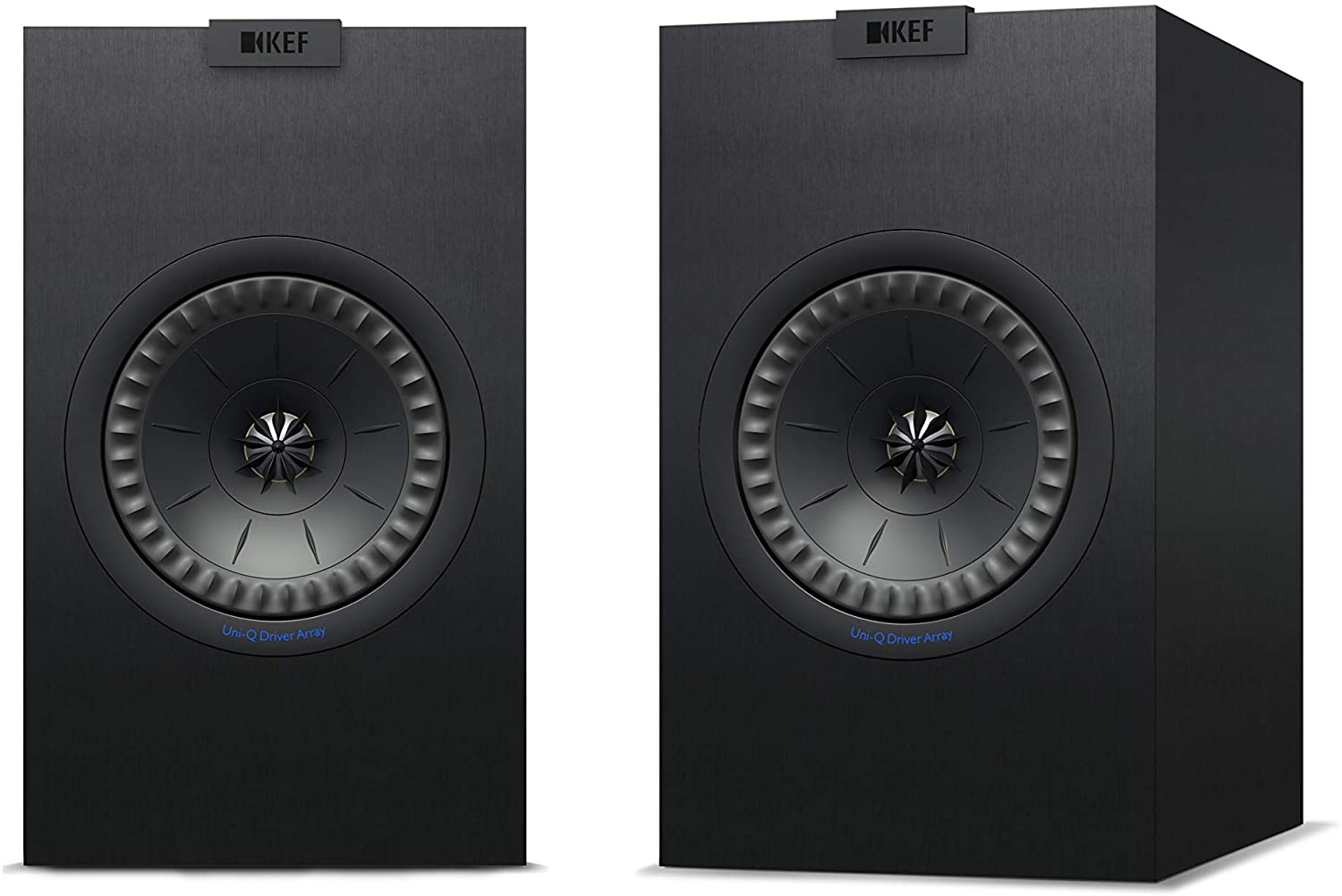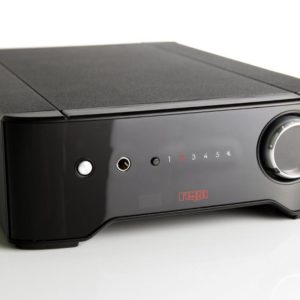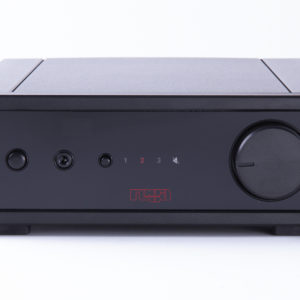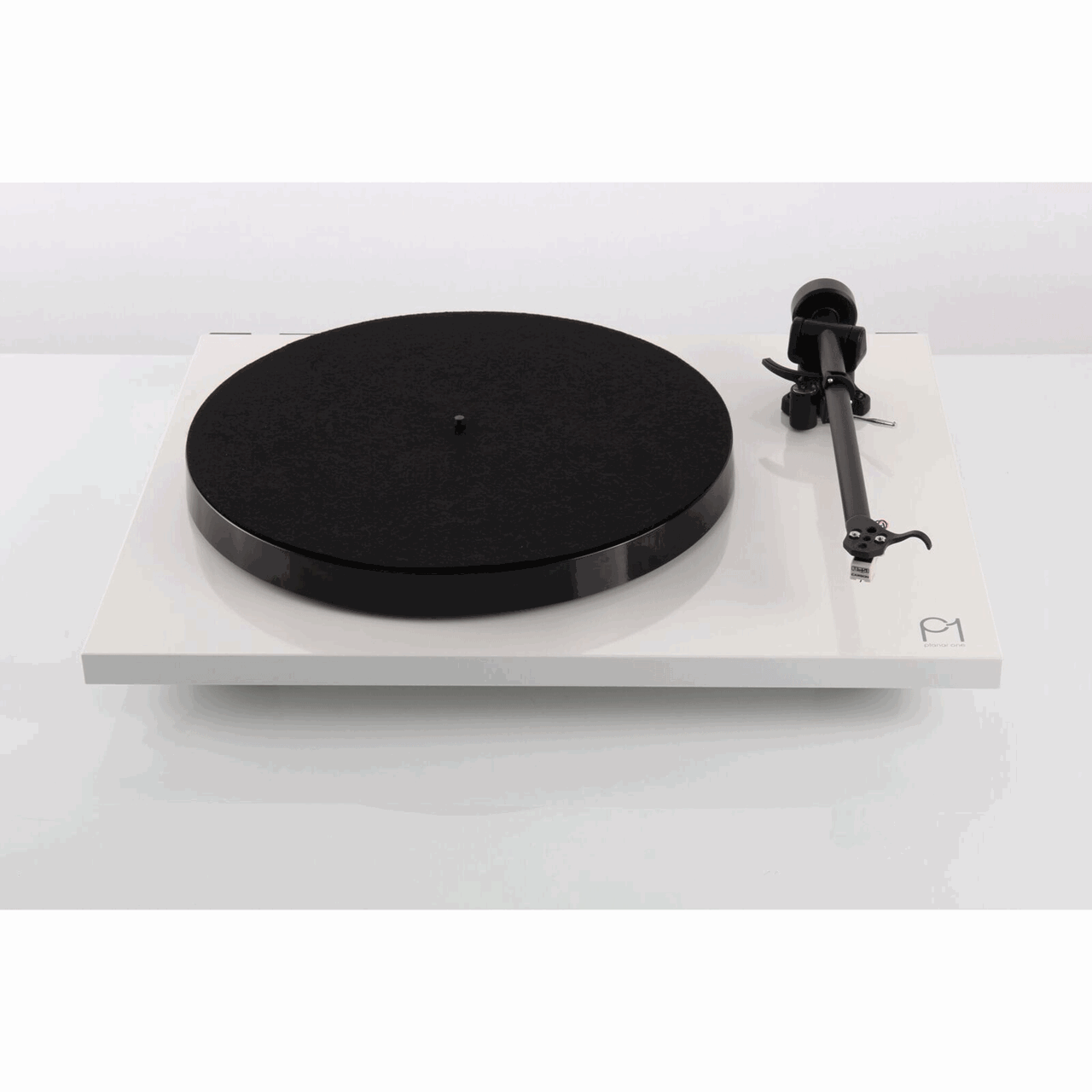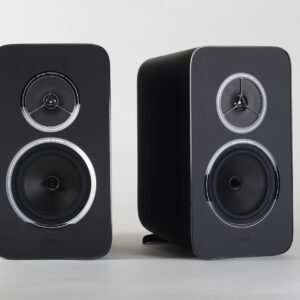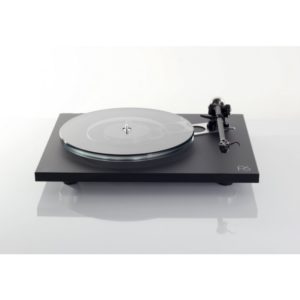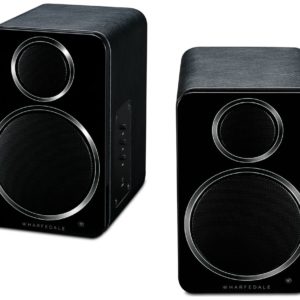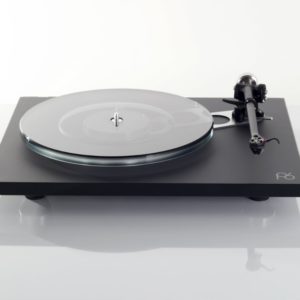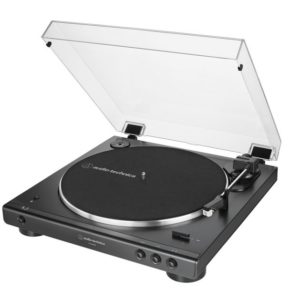If space is limited the Q350 will not limit your musical enjoyment, a Uni-Q driver and clever port design let it open up the sound.
With KEF’s signature Uni-Q driver array and a Computational Fluid Dynamics (CFD) port, the Q350s deliver detailed natural sound with high clarity and tight bass.
Sit anywhere” Uni-Q Sound
At the heart of the evolved Q Series is the Uni-Q Driver Array. KEF’s signature innovation places the tweeter in the acoustic centre of the midrange cone, bringing the acoustic ideal of a single point source closer than ever to realisation. The result is a more detailed, more accurate three-dimensional sound image, which is dispersed more evenly throughout the room than is possible with a conventional speaker. Uni-Q’s ultra-wide dispersion is further enhanced by KEF’s ‘tangerine’ waveguide over the tweeter dome.
|
|
|
|
|---|---|---|
Uni-Q sound taken to the next levelWith the addition of the damped tweeter loading tube providing a gentle termination of sound produced from the back of the tweeter, lower treble performance is improved dramatically and a new low-distortion inductor on the crossover provides cleaner bass. To optimize the resolution and purity of the Q Series bookshelf speakers, the Uni-Q driver has been repositioned to the centre of the cabinet to reduce unwanted internal resonance and adds refinement to their sonic clarity and detail. |
CFD Designed PortFeaturing a Computational Fluid Dynamics (CFD) port design with the port repositioned to the rear of the speaker, clarity is improved by reducing the audibility of the midrange leakage through the port. The geometry of the ports have been tuned to minimise turbulence at higher levels resulting in a reduction in port noise and less LF compression. |
Q Series OptimisedTo optimise the high-resolution sonic image of these speakers we re-positioned the Uni-Q driver at the centre of the cabinet. This avoids any possibility of standing waves and reduces resonance within the enclosure. By facing the low frequency port to the rear, we reduce the audibility of midrange leakage. |


